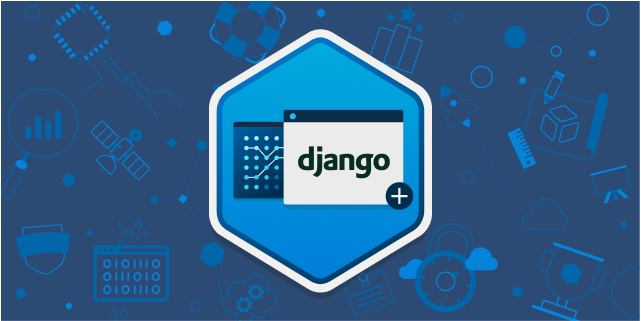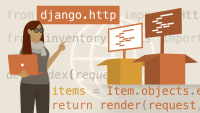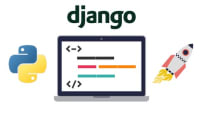Description
In this course, you will learn :
- Development Environment Set-up. (Libraries, Extensions, IDE's, Virtualenv)
- Django Flow & File Structure
- Django URLs, Views and Templates
- Models and SQLite3 Database
- Set-up Static files and Media files Structure. (CSS, JS, Images)
- Work with Administration Panel
- Work with Forms and Fields
- Writing Function-Based Views
- Messages and Notification.
- Django Authentication System
- Functionality for Registration, Login, and Logout
- Integrating Crispy Form to improve Registration Functionality
- Understanding Restrictions - Page, Header
- Relationship Between Models (Task & User)
- Understanding Foreign Key Concept - ManyToMany Relationship, OneToOne Relationship
- Working with Django Security Updates
- 4 Important Pillars to Deploy (git, GitHub, Heroku, Heroku CLI)
- Working with GitHub Repository
- Understanding the working of requirements txt and .gitignore
- Working with Django Environ (Django Environment Variable)
- Push project from Local System to GitHub
- Working with Django Heroku (STATICROOT, WSGI, gunicorn)
- Working with Heroku CLI
- Handling WSGI with gunicorn
- Hiding Secret Key, DEBUG, Allowed Host, Database Information
- Working with Django Security and Database Updates
Syllabus :
- Project Setup
- Core Django - Starting Our Project
- Templates
- Model and Migration (Database Stuff)
- Fetch Data And Display On Template
- Django Forms
- Django Messages
- Understanding CSS and Bootstrap
- Implementing CRUD Functionality
- Pagination
- Designing Task Page
- Designing Home Page Using Bootstrap
- Accounts & Authentication
- Registration
- Login & Logout
- Adding Restrictions
- Relationship Between Task & User
- Securing Our Application
- Understanding Deployment Process
- Working with GitHub and Heroku
- Django Environment Variable
- Local System to GitHub
- Heroku
- Deploying on Heroku









